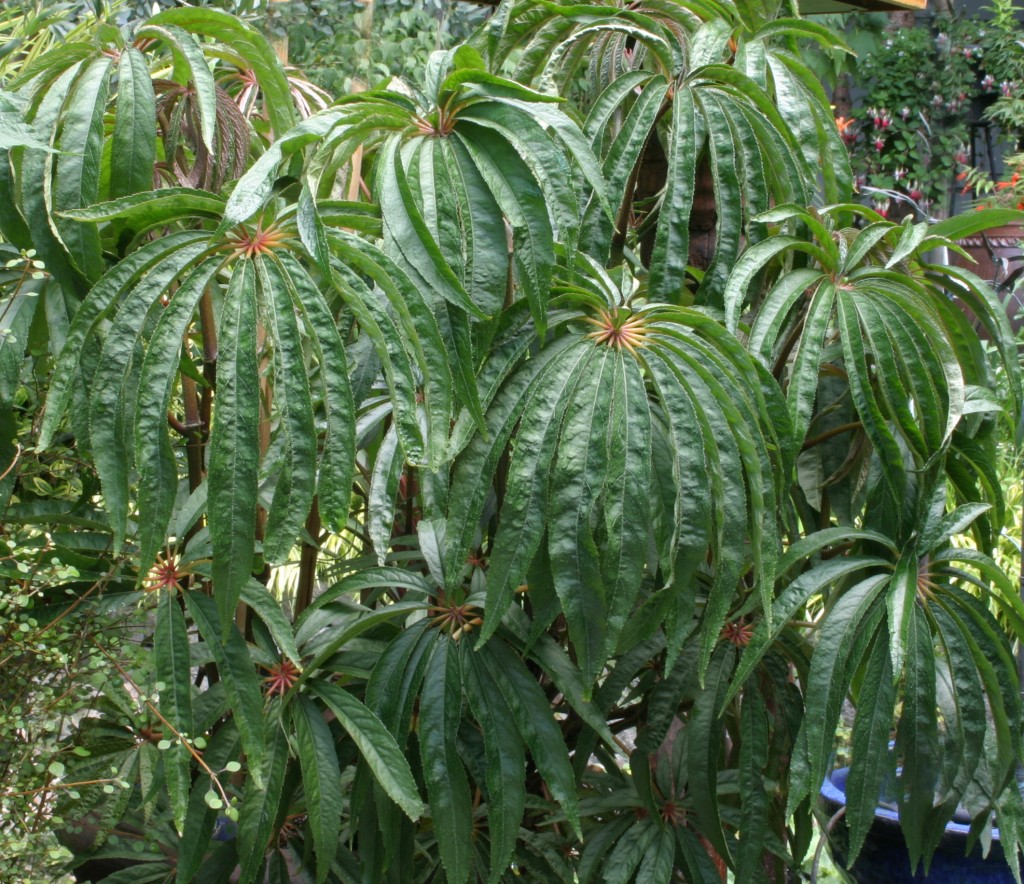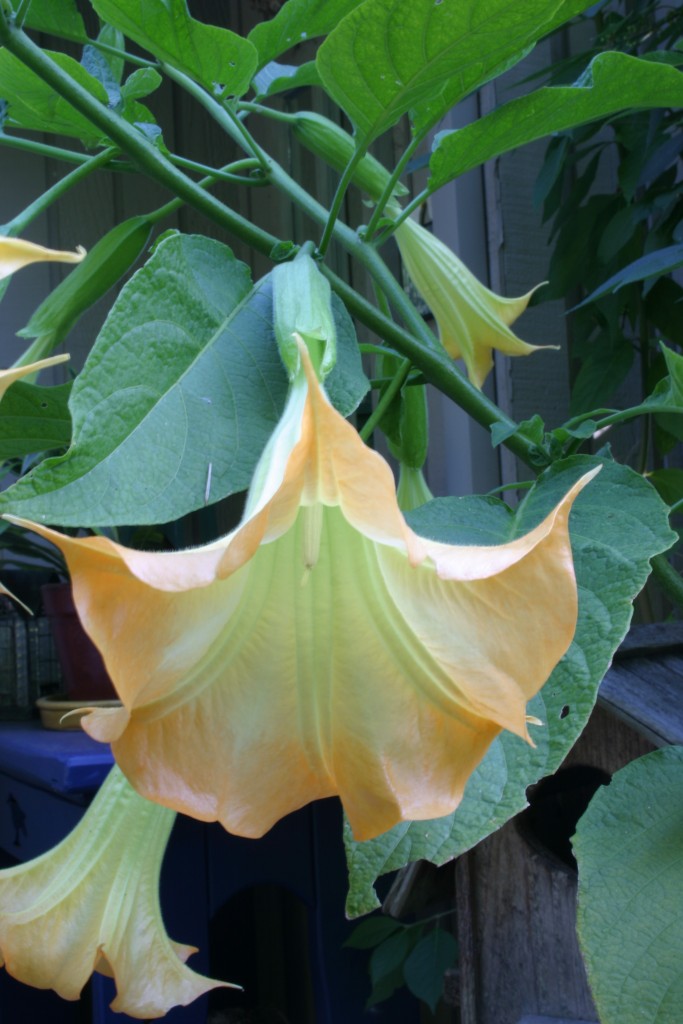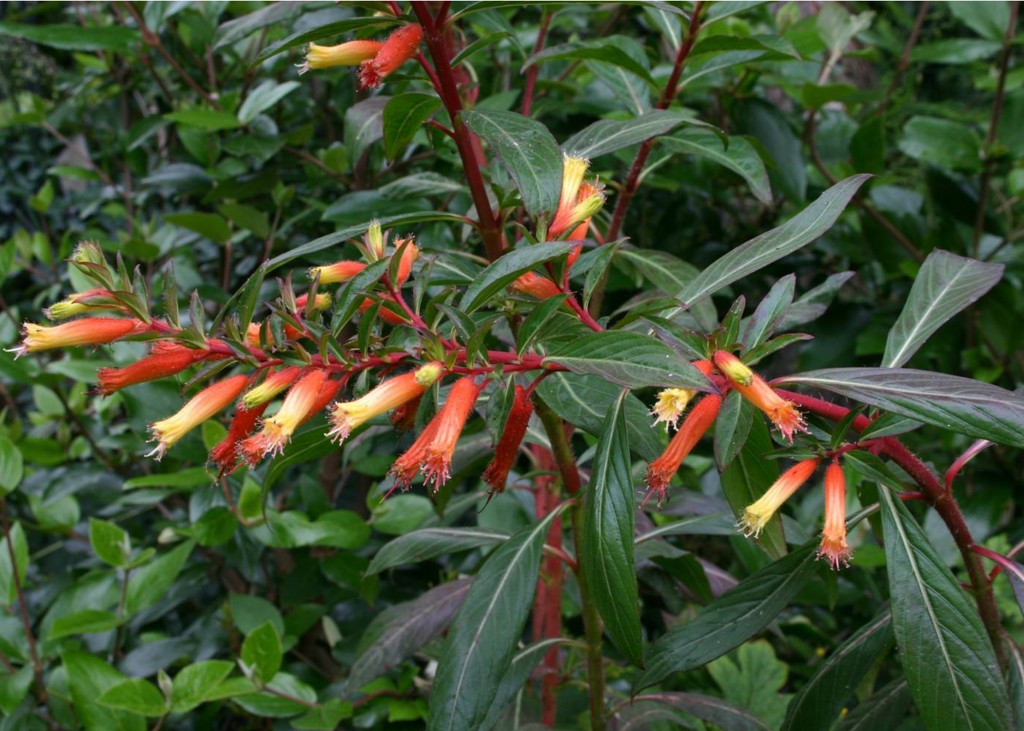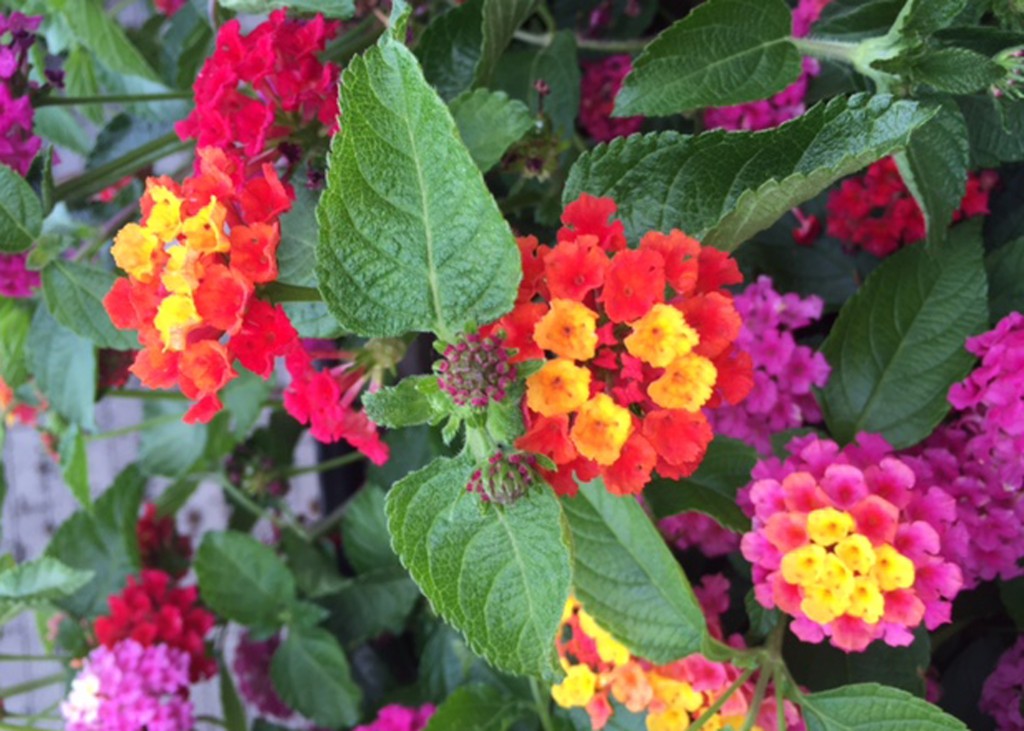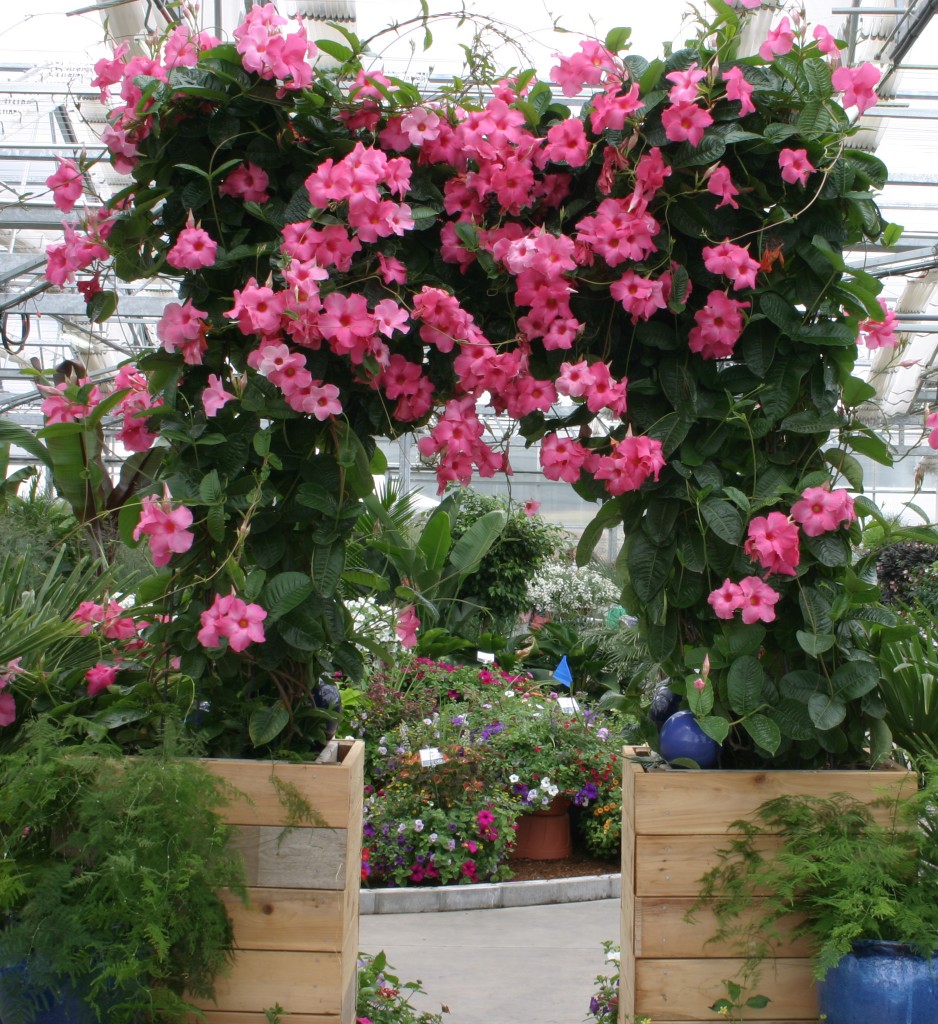During the past few years, I have started to see plants on garden center tables that are not reliably winter hardy in the Pacific Northwest. Often referred to as tender perennials, some of these plants could be said to be “pushing the zone.” Many just will not survive our winters.
Of course, there are always some exceptions. Given the many microclimates throughout our area, and depending on how severe the winter temperatures are, some plants may indeed survive if they are given some winter protection. But as a general rule, many of these tender perennials cannot be expected to survive in our climate from year to year.
If you are on the lookout for new plants for your garden, and many of these tender perennials could fit the bill. In my own garden, I like to add some plants that are new to me. Sometimes these new plants are just new to my garden and not unknown, but at other times they can be plants that I have not heard of. I always strive to get a few of these. After all, it’s delightful to have a plant in my garden that no one else has in the neighborhood.
I believe that a garden center selling tender perennials has a responsibility to the customer to make it known, with adequate signage, that the plant is tender and not likely to survive the winter. Another way to put that would be: “Treat it as an annual and you will not be disappointed.”
For many years, I have grown Ensete ventricosum ‘Maurelii’, commonly referred to as the red leaf banana. It is fast growing, and even starting from a 5-gallon size, it can easily reach 12 feet. At that size with the red leaves and stalks, it makes a spectacular foliage specimen.
For the first few years, I tried to overwinter them in a sheltered location with no positive results. This was frustrating. Then mentally, I decided that it was an annual, although I know it is not, and that is how I treat it. It performs well all summer. In the fall it dies with the first frost, but I know that I will purchase another one in the spring.
Many of these tender perennials are subtropical or tropical plants and will take a location with full sun during the summer. Some actually seem to prefer a hot, sunny location and will bloom all summer. Here are some favorites of mine that I treat as annuals. If they survive the winter, then it is a pleasant surprise in the spring.
Brugmansia
I previously mentioned this plant and it is a very good summer blooming plant. It likes the sun, grows fast and the leaves can be green or variegated. The flowers come in many colors and most are very fragrant. It is excellent in containers.
Iochroma
This plant has tubular flowers in shades of purple and red that appear in late spring and continue into fall. It is a good hummingbird attractant and relishes
full sun. I have found that this plant performs best with some summer pruning to keep it compact, which encourages new growth and flowers.
Mandevilla
This plant is a very fast-growing vine with different cultivars available which display various colors from red to pink to white. There are both single and double flowered forms. Being a vine, it needs some support and will quickly cover an arbor during the summer.
Begonia luxurians
This is a spectacular foliage plant that produces clusters of white flowers. While the flowers are present, it is the foliage that makes this plant stand out in a garden. It needs some shade especially from the afternoon sun. This begonia is a wonderful container plant for a deck or patio.
Lantana
Commonly grown in Southern California, Lantana likes full sun and does very well in our summers. It is a constant bloomer with flowers that are multicolored and attract butterflies. There are some cultivars that I have seen labeled as “hardy,” but I have never had success with plants surviving a winter. Lantana is very easy to grow and does well in containers and planter boxes. I planted a container with Lantana in the middle and bacopa trailing down the sides and both plants bloomed all summer.
Cuphea
Cuphea is another excellent summer container plant for a hot sunny location. With tubular red to yellow shaded flowers that look similar to some fuchsias, it is a non-stop bloomer and a good hummingbird attractant. Plants will probably be in flower when they are sold and they never stop blooming until cold weather arrives.
Citrus
Meyer lemon is probably the most commonly grown citrus that I see in containers in many gardens. It is easy to grow in full sun and is evergreen, with very fragrant flowers that will usually set fruit. During the wintertime, it will adjust quite well indoors if given enough light.
This list is just a sample of some of the plants that fit into the category of tender perennials. It is just the tip of the iceberg on what is available. Many of the plants mentioned would not have been available in garden centers in the Pacific Northwest 20 years ago. As I mentioned, gardeners need to realize the limitations of these plants and consider them more or less as if they were annuals.


